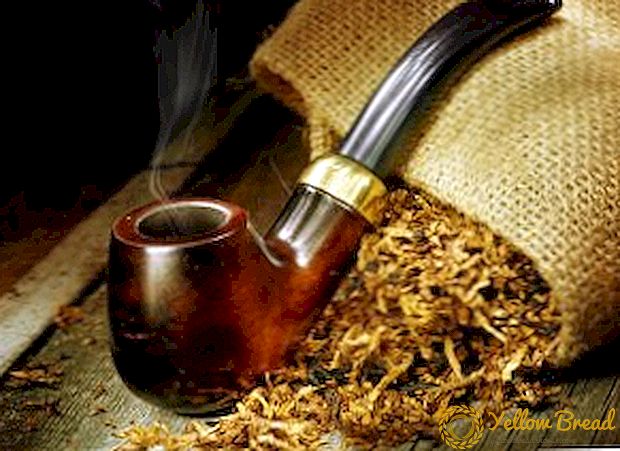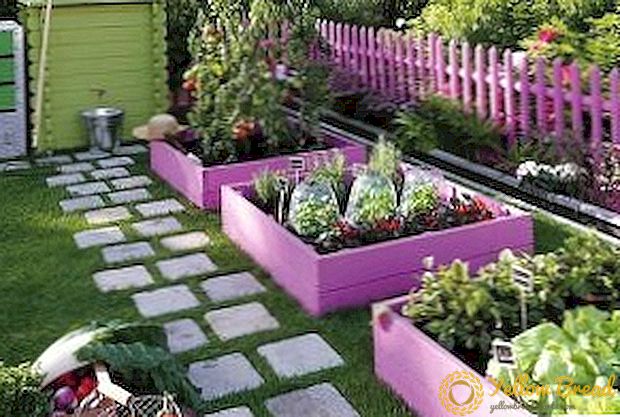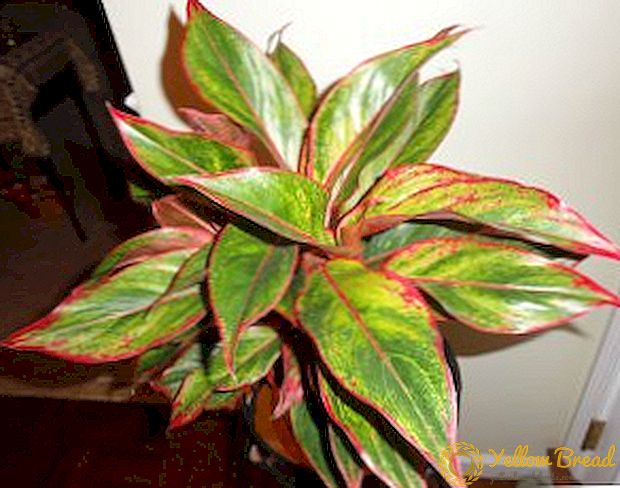
Photo courtesy of Greek Villa Kérylos
As a child, 2013 VERANDA Magic Maker Nancy Braithwaite spent more time on the cover of her book reports. Today, working out of Atlanta, she edits her interiors down to the barest essentials, a talent which will be illustrated in Simplicity- the tentative title of her first book, due out from Rizzoli next fall.
When did you realize you wanted to go into interior design?
Oh I think almost from the time I could start creating anything. My mother was an English teacher and she tells this story that when I was of the age to make book reports, I'd spend the entire time on the cover. And she would always say, "You haven't written anything on the inside."
But I loved designing the cover. I loved design when I was very, very small. I liked to make things with my hands all the time, and invent things. Everything had to be new - I don't mean toys you'd find in a toyshop - I had to kind of play with it, always cutting and pasting.
Who has influenced your work over the years?
I think the first person I really became aware of was Billy Baldwin. He was very much a byword then and he really fascinated me. And I remember stories like, he'll plan a house far away and he'll load everything on a truck and it goes in just like he planned. That always stuck with me, because I thought that was fascinating, that you could do something sitting in your office, put everything on a truck, and nothing would change when it got there. Well I now understand that, and I now understand how complex that is, and how good you have to be to be able to do that.
I know everyone says him, but for me it really was him and the story about loading, doing an installation with everything just exactly how he imagined it - which makes for a pretty skilled person.
Wow. I would not know how to do that.
Well you learn over the years, you learn how to do that because you don't get a second chance very often, and you've got to be right. That's really the training of your mind, and learning to see.
How would you describe your style?
Simplicity - that's also the name of my book due out next fall.
Do you think your aesthetic choices have changed since you began your career?
Yes. Absolutely. Absolutely.
In what way?
Well I note in the book about how seeing, a knowledgeable eye, is so very important. When you begin design, you don't have the education. You need the education, and then out of that education, you begin to say, 'Oh I understand now, you've taught me this.' And then your eye becomes more of a trained instrument that continues to grow, and then you start adding your own disciplines and your own principles. The eye is an evolving mechanism. The more practice it gets, the better it gets.
What are you currently working on, besides the book?
Three or four projects, including a house in Chicago. Interestingly enough, I tend to have clients that come back many times. I do many houses for them at different stages of their lives. So at one time I can be working on a ranch or something in Palm Springs, and then they return.
Well that sounds like a good quality to have.
It's really nice, because you work with them and they become friends. And the more you work with them, the more you understand how their sensibilities are, and of course the job of the interior designer is really to make a home or environment that they want to live in. It's not your environment. Your eye picks out things, but they're always the first person. It's their environment and at the end of the day they go home to their house.

Photo © Sophie Lloyd
What's inspiring you at the moment?
Well we took a trip to the South of France about six months ago and we were staying at the famous Hotel du Cap-Eden-Roc, and not a long distance from there is a fabulous Greek villa right on the Mediterranean, the Greek Villa Kérylos - in Beaulieu-sur-Mer. It was built by a very wealthy couple in the 1900's and they made everything as if it was the fifth century B.C. And it is the most incredible place I have ever seen. The design of the furniture and architecture is astounding. The fifth century B.C!
They were masters at furniture-making - they had running water in the bath tubs! It was the most incredible place I've ever seen in my life. I just came away astounded that in the fifth century they were this sophisticated. It is something that everybody - if they are interested in design - should see once in their life.
What helps you feel creative? What makes you get excited?
My eyes.
Your eyes?
I am constantly comparing and contrasting, constantly looking, and I get excited about anything that is visually fabulous and stimulating. My eyes are always at work. Always! I am constantly evaluating with my eyes. I can look at the simplest woven basket and get so excited if it is well done, or I can look at a master painting and get excited. My eyes, they are busy.
Are there any widely accepted rules that you love to throw out the window?
I think that as a designer, as I said earlier, you evolve with your style, you evolve with your principles, and my guiding one has been less is more. What I do is continually pare down, and I break rules doing that.
I also love overscale and am constantly experimenting with that to see if bigger is more important, in terms of how it fits in. So I follow my own rules and discipline, because that is what I have learned to do, that is what a designer does. That's what developing your style is all about.
Can you mention a specific example of how you used overscale?
I've began experimenting with the scale of sofas maybe 20 years ago, and I decided all these sofas looked exactly alike. And I thought, well let's start making them taller so they become a kind of shelter when you sit in them. I picked the idea up from wing chairs. I thought, look how tall the back is on the wing chair. Well the American wing chair has a tall back because it was meant to go by the fire, and was meant to bring in warmth from the fire and hold it close to the body. So I began experimenting with that with sofas and found that when I did sofas with very tall backs, and sometimes high arms, that I created a space within a space. That fascinated me, and I still do it today.
What qualities do you like to have present in your own residence?
Change. (laughs) It's a laboratory. I love to change it and I love to play with it. I just do. It's my own little place where I try new ideas and sometimes I succeed and sometimes I don't. But it's in my house so it's OK.
How does that effect the people that either live with you or come over on a regular basis?
(laughs) Well it drives them crazy! They're used to it now, they know, though my children will say, "we grew up moving furniture."
And I'll tell you a funny story, when I got my first cover of a magazine - HOUSE BEAUTIFUL. I had had a roommate who I lived with after college and she said, "If you move the furniture in this apartment one more time, I am out of here!" And sure enough, she saw that cover, the first magazine that I was on, and she called me and she said, "I see you're still moving furniture."
What kind of private clients are the most fun for you to work with?
Clients that have a wonderful sense of style. and understanding and appreciate the essence of objects - that there is a good, better, best in the world. Someone that understands that you can't always have the best but if you know what it is, then you can bring that knowledge to the purchasing that you do do. And you can say, well this may not be the best, but it's got some really good qualities about it. Clients that are informed, and have a sense of style, those are my kind of folks for sure.
What has been one of your favorite projects over the years?
I've really had too many good projects to narrow it down. I really don't have just one favorite. Because as we said earlier every client brings with them a certain set of things that they want and my job is to try and make them happy in their surroundings. And once I had done that, that becomes my favorite job. I am always happy when they are happy. Because they give you the opportunity to create for them, and if you've done a good job, they're happy and I'm happy.
Can you name any great splurge items you've included in recent projects?
Well, that's also a hard question because I'm fortunate enough to have been able to buy through the years, and recently as well. Sometimes a fabulous fabric, a very, very expensive fabric. But if I use it judiciously, I consider that a splurge. Some of these European fabrics are very, very expensive and it's wonderful to be able to do that. The same with an antique. It kind of goes across the board evertime I find a wonderful object - I've been buying a lot of Robert Kuo - and i've been splurging on his objects because I think they are pretty. But I think depending on the budget, you splurge kind of across the board. Sometimes you splurge less than others because the budget isn't there.
What do you do to in your downtime?
Use my eyes (laughs). I really am a designer at my heart. In my downtime my husband and I travel. We are collectors - so I am always using those eyes and we're always traveling and always collecting when I am not working.
Is there something specific that you have picked up recently?
Yes, we were in this wonderful little place outside of Milan and they just had all kinds of unusual things, and we bought two stone cats, very tall - about 4 and a half feet. They almost look Egyptian. We had had a lovely lunch with a bottle of wine and we walked in to this store and I went, "AH!" And my husband said, "No, really?" And I said yup. And then we got them. It took about two months to get them but they're here now, in our yard.
Amazing.
Yeah, they are amazing.
And what kind of stone are they?
Cement!
How did you get them to your house?
Aha. Let me tell you. They were on a boat, they came the whole way. They were models used for marbles, so they're made out of cement and the ones that are in a museum are marble. So these are the cement castings. And I love them because they're country and kind of rustic.






